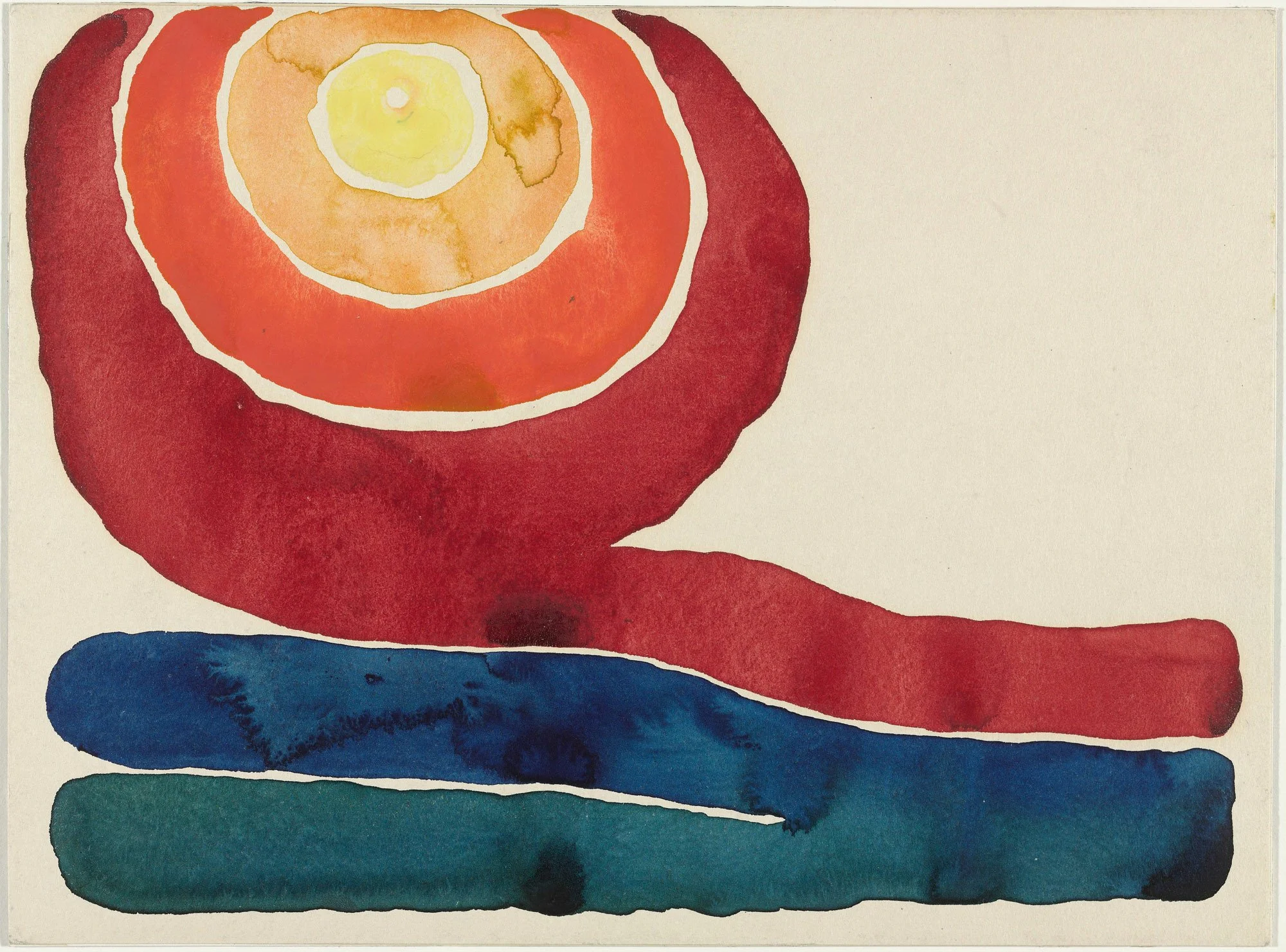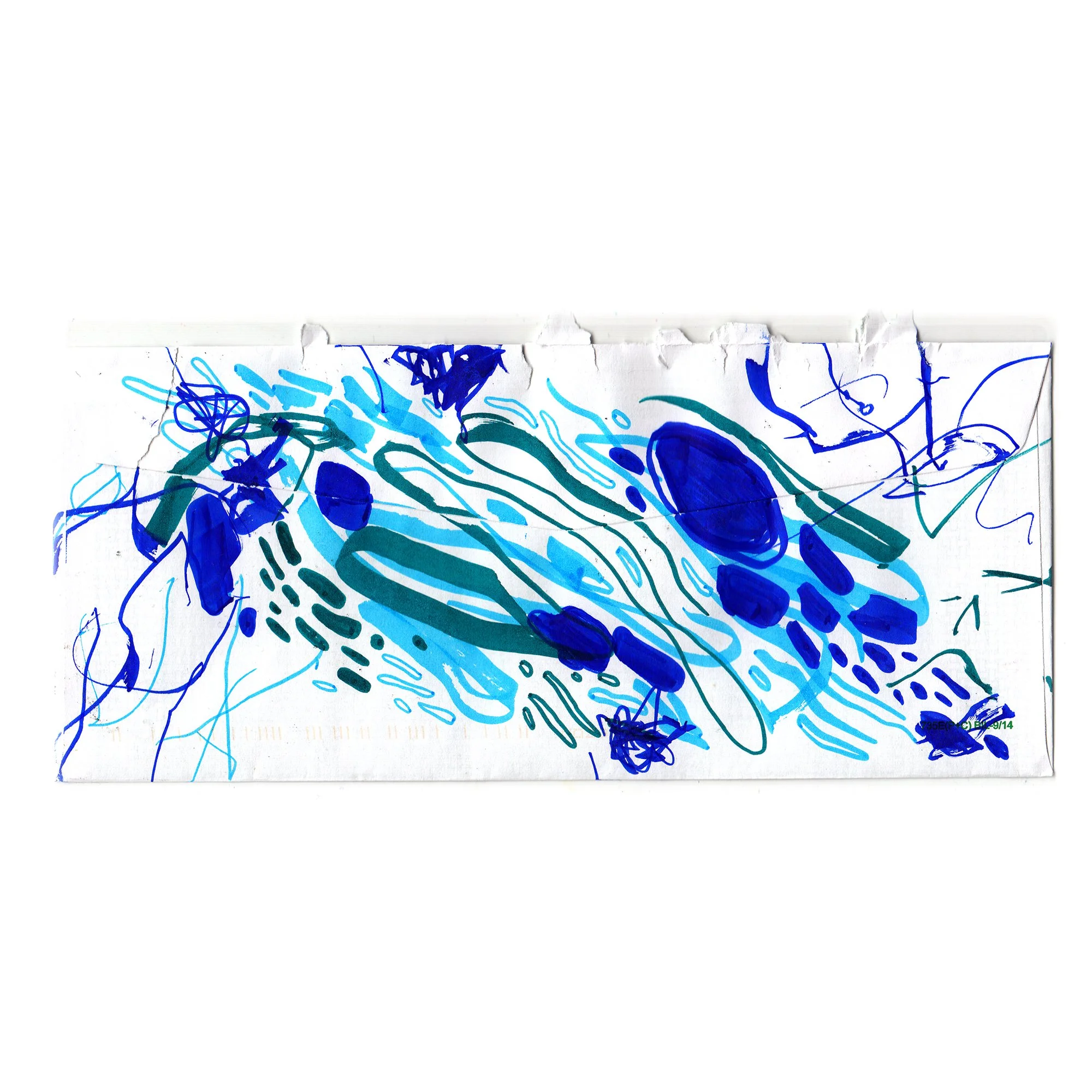An Interview with Amanda
Hi everybody!
I may be alone here, but I find the process of talking about myself to be about as fun running a 100-yard dash in a 90-yard gym.
BUT my husband has convinced me that it might be worthwhile to provide a little more detail on my website as to what inspires and differentiates me as an artist.
So he and I recently sat down and recorded a short Q and A, the transcript of which is below. This way it’s not shameless self-promotion, it’s journalism!
Equivocation and self-delusion: The keys to a happy career and a strong marriage (please message me if you’d like that on a T-shirt)!
How would you describe your style?
Handcrafted with a lot of unique lines (lines with a lot of variety that look like they have life). My goal is to have my marks look confident, bold and in the moment.
What makes you different from any other accomplished illustrator?
My background in design helps me think about illustration and how it integrates into a larger scenario. When an illustrator makes an illustration, it’s published in a variety of media (like social media, books, or magazines).
I feel my work is different in that I have a lot of ease in how my illustration integrates into a larger picture. When it’s put on a poster, it’s not meant to stand alone. It complements the headline, the body copy, and the call to action—when I compose the work, it considers all the other pieces as part of the composition.
You draw with a communication goal in mind?
Yeah, like, for instance, with my comics, I have to plan things out to arrange the elements and consider the whole composition. What is the focal point? How do I want a person’s eye to move around the composition? I arrange everything so it feels cohesive and coherent.
Back in the day, illustrators would just make an image and ship it off to a designer to have text and other elements built around it. I have trained for years and years. There are other designers who are becoming illustrators now, but they don’t have the same depth of experience.
What adjectives would you use to describe your style?
Playful, Naïve, Expressive. I don’t like the word “whimsical.” I’m not sprinkling fairy dust around, haha. “Playful” describes childlike energy. I try to make my characters feel are lively. There’s usually a lot of movement, and I don’t tend to use a lot of precision.
Your style has changed a lot over the years. What would you say is the direction you’ve moved towards in your career arc?
A lot of changes in my work have been based on the tools I’m using. In the beginning, I worked a lot in vector. It was part of my training in school to get comfortable in Adobe illustrator and I just found myself there. But then I found some aspects of it that were kind of limiting and too rigid and I started to realize I didn’t want my work to look flat…
An art rep suggested I explore different tools because vector is kind of cold. I started playing around with textures, then moving towards ink and experimenting with mixing traditional ink drawings with Photoshop.
Is there anything you think when you look at your old work?
I feel I’ve improved my bare bones drawing skills and composition planning skills. I’ve taken the time to learn how to draw more things! Having a good base in drawing is the key to be able to apply my style to any challenge. I’m pretty versatile, but I also know when its time to say no.. If someone were to ask for isometric drawings of New York City, I would say “I’m not your gal, haha”.
Do you have a favourite style or medium to work with?
I think I want to get back to mixing traditional and digital more often. I went back to full digital when I got and iPad, which was mostly for convenience of working anywhere while juggling parenting. When I’m mixing skills and style and tools, I feel like I’m at my best.
What inspires your work?
For the last five years, it’s been nature and [my son] Jake.
Are there artists you consider inspirational or aspirational?
So many! I’ve always loved Georgia O’Keefe. I have a distinct memory of writing a book report about Georgia O’Keefe and trying to reproduce a specific painting of hers (below). Her line and expression are incredible. She has a famous quote ''To see takes time’, which really speaks to a decades long art practise.
For contemporary illustrators, I enjoy Penelope Dullaghan, Katherine Dunn, and Carolyn Gavin (just to name a few!). I love Matisse and Picasso, probably because their work sometimes ventured into graphic design! I love the simple forms as a communication tool.
Evening Star, Georgia O’Keefe.
What do you consider your strengths?
My speed is a strength. I’m really good at ideation. At Curio Studio, the other members of my team are better at taking initial ideas, refining them, and doing the builds. I’m better at the ‘frontloading’ stuff, like imagining scenarios, storyboarding, etc.
For example, in my work illustrating the OCIC podcast, I was given a few visual references and some written copy, and I had to conceive of how to illustrate passing seeds onto new generations. I can look at a variety of things and put together a puzzle that paints a whole scene that matches the vision of the client.
Why should somebody hire you to do illustration?
I think that I can bring a lot of life to a brand. The work I do is not something you can just grab on a stock photo site. I can help draw people in and bring visual context to the written word. I have the capacity and skill to bring added life to a story.
You mentioned you might describe your work as childlike in expressing wonder and joy, but how does your work differ from a child’s drawing?
When I’m at my best, there’s not much difference. Children’s art is incredible. They haven’t been conditioned yet! Adult artists have to fight to become as free as a child making a piece of art. Kids' art is energetic and lively because their heads don’t get in the way. Illustrators WANT to be able to do what a kid can do with lines and life and energy, but that’s been beaten out of us in grade school when we’re taught we have to colour within the lines and think about things logically. I’ll draw something 15 times over until I feel I can approximate that kind of liveliness.
An Amanda & Jake (about three at the time) collaboration.
How do you know when a piece of art is finished?
Sometimes I don’t! Sometimes deadlines help me decide when something is done. But there’s a sweet spot where you know that if you add more, you’re going to wreck it. It’s full enough, it says enough. In design, we remove elements until it says what it has to say. Adding more detail can sometimes be the kiss of death.
Why should people buy your art?
Generally, I want people to feel joyful. Sometimes I make darker things, but I want to connect people immediately with joy and hope. So if looking at it makes you happy, who am I to stand in your way?










